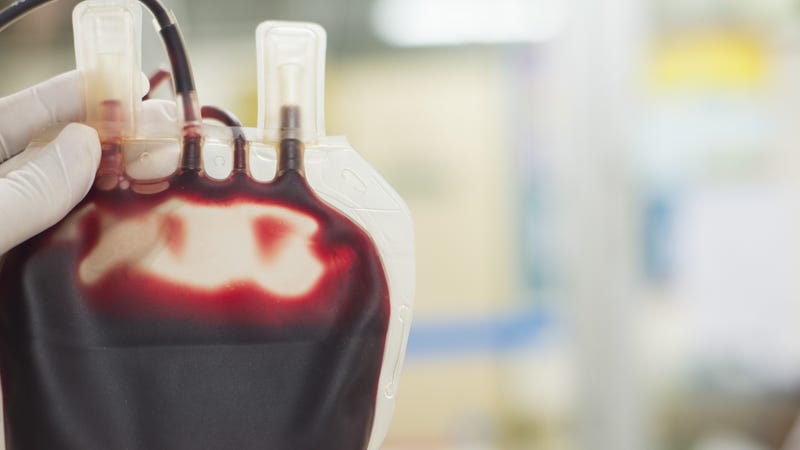
A new tool in the form of whole-blood products inside Burnsville ambulances looks to better-treat individuals experiencing significant blood loss.
Burnsville Fire/EMS added whole blood products to their ambulances this month, becoming the first in the state to do so. The goal is to start the healing process and give emergency responders an extra tool outside their typical saline solution used to treat patients in the field.
"With the cities being 20 minutes out on a good, dry day with the drive time up the cities with a patient, whole blood can significantly impact that patient's survival in the hospital," said Burnsville Firefighter/Paramedic Drew McLaughlin who helped develop the program.
While Burnsville is the first in Minnesota to add whole blood to 911 ambulances, there are agencies across the nation who have seen success using whole blood in the field.
"This is far from new across the country with hundreds of other agencies doing this," said Assistant Fire Chief Neal Dwyer. "We identified a gap in our service and that is really with anyone suffering from major blood loss. This was an opportunity to bring this to patients where are only option before was to stop the bleeding before rapidly transporting them. This gives our providers an opportunity to offer a life-saving service."
In December Firefighter/Paramedics underwent training about the program and offering whole blood in the field.
"We strive to provide the best service possible to the community and we're fortunate to have great support throughout the community," said Fire Chief BJ Jungmann. "To be able to offer a service like this is huge. We want to take whatever steps that are reasonable to provide better outcomes."
Adding whole blood to ambulances meant additional hardware and software to ensure blood is not wasted in critical situations.
"We want to be responsible with the blood we have," Jungmann said. "We have a specialized blood cooler that keeps blood the right temperature and new tools to warm it, so that meant getting a portable blood warmer that we use."
The partnership with Memorial Blood Center acts as a reminder for individuals to donate blood in January, a time when blood donation tend to fall in the winter.
